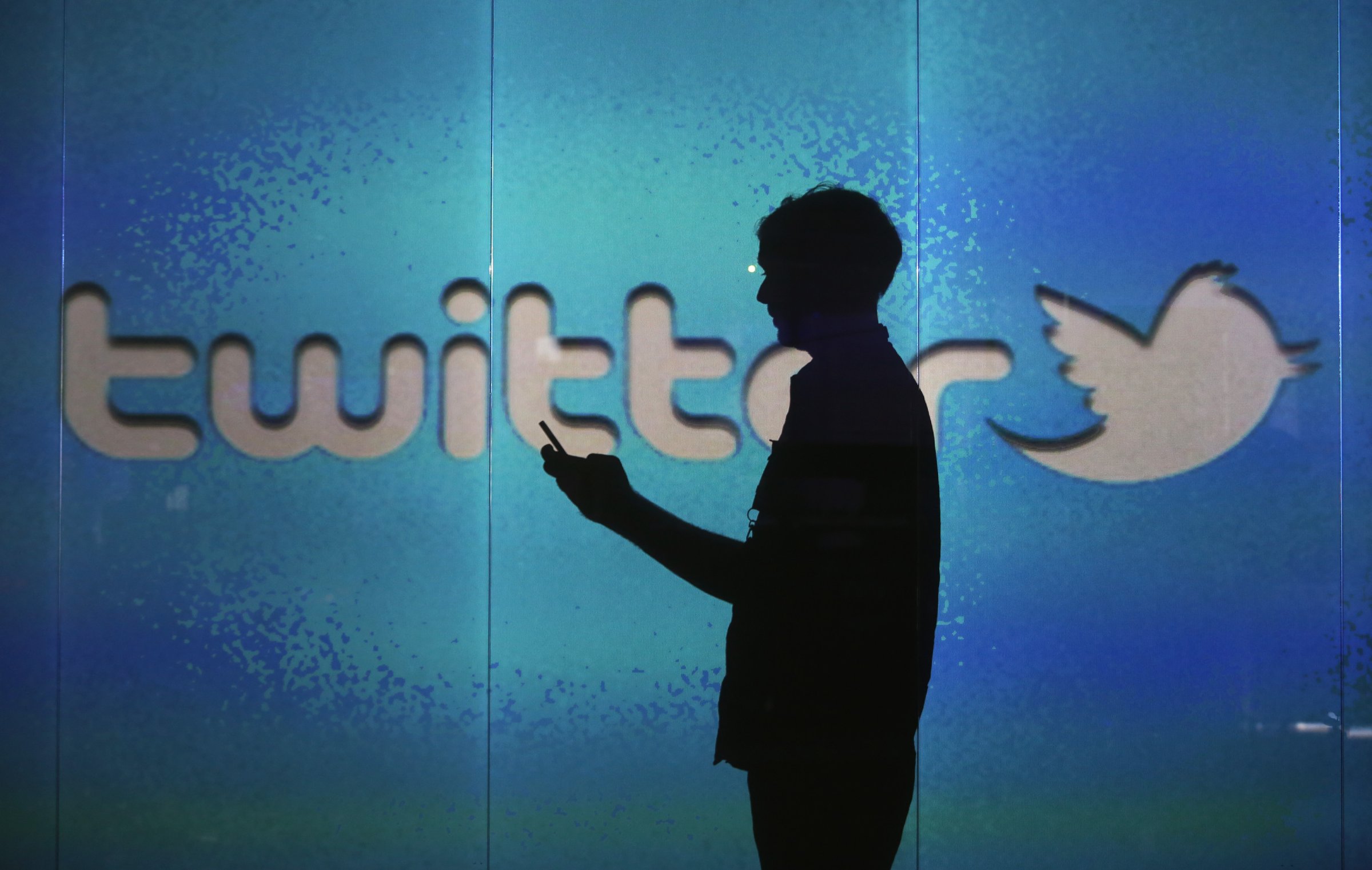
Following similar announcements from tech companies such as Pinterest, Twitter released its diversity goals for 2016 Friday.
Janet Van Huysse, Twitter’s VP of Diversity and Inclusion, explained the move in a blog post:
“We want the makeup of our company to reflect the vast range of people who use Twitter. Doing so will help us build a product to better serve people around the world. While we’ve already been working towards internal diversity goals at different levels of the company, I’m very pleased to report that we are now setting company-wide diversity goals — and we’re sharing them publicly.”
The social media platform’s goal is to increase the overall representation of women in the company from 34% to 35%, representation in its tech division from 13% to 16%, and in leadership roles from to 22% to 25%.
Twitter also plans to increase the number of underrepresented minorities in the U.S. from 10% to 11% overall, and from 7% to 9% in tech roles. It also wants to see the number of underrepresented minorities in leadership roles rise to 6%.
Compared to nine other major tech companies, Twitter is fairing pretty well when it comes to gender diversity. It is less diverse overall than Airbnb, eBay, and LinkedIn, but more diverse than other major players, such as Facebook and Google. For underrepresented minorities, it’s essentially in the middle of the pack.
While Fortune will not be including Twitter in its tech diversity rankings until its 2015 EEO-1 Report is released, we can compare this new information to last year, when it ranked ninth (out of 14) on gender diversity, and sixth on ethnic diversity (in Fortune’s rankings, all non-white employees are considered diverse).
The diversity push comes after a backlash over Twitter’s frat-themed party highlighted just how white- and male-dominated the company is. After apologizing for the party, interim CEO Jack Dorsey promised that diversity would be made a company-wide goal, according to reporting by Re/code.
Increasing its representation of women and underrepresented minorities by one or two percentage points might not seem like a huge shift, but being held publicly accountable for its diversity goals is a huge step forward for the company, and for the tech industry as a whole.
Subscribe to The Broadsheet, Fortune’s daily newsletter on the world’s most powerful women.
(Charts based on self-reporting in 2015 by Twitter’s employees, and are courtesy of Twitter.)
More Must-Reads from TIME
- How Donald Trump Won
- The Best Inventions of 2024
- Why Sleep Is the Key to Living Longer
- Robert Zemeckis Just Wants to Move You
- How to Break 8 Toxic Communication Habits
- Nicola Coughlan Bet on Herself—And Won
- Why Vinegar Is So Good for You
- Meet TIME's Newest Class of Next Generation Leaders
Contact us at letters@time.com